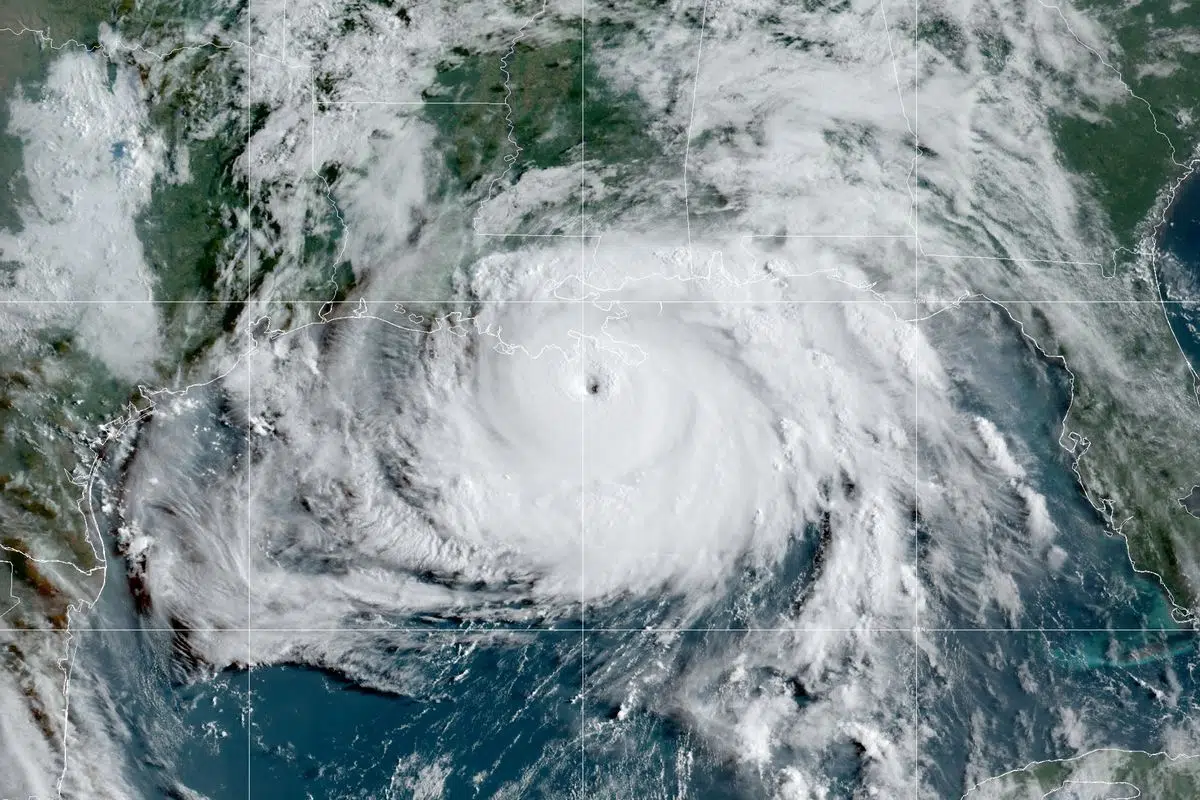
President Joe Biden and Governor John Bel Edwards vowed to quickly move resources into hurricane ravaged Southeast Louisiana as soon as the storm winds recede and the Monday morning sun rose.
Biden said he would leverage the country’s “full might” to begin rescue and recovery efforts. He said they’ve pre-positioned a number of federal assets including 2.5 million meals and three million liters of water. However, despite the cornucopia of resources at the feds beck and call we probably should still expect the power to stay out for several days at the very least.
“We should be prepared that it will take a long time, no matter how much we have pre-positioned, and we have, that it could take a long time for a lot of it to get back up, it could take weeks,” said Biden. “We’re ready to surge all of the response capacity capability that we have to deal with whatever comes next, and a lot is going to be coming.”
Biden said they’ve been praying for the best but planning for the worst and are ready to move in to help starting Monday morning. He said FEMA will be on the scene ASAP.
“Folks, we’re going to be here, we’re going to be here to help the Gulf region to get back on it feet no matter how long it takes,” said Biden.
One of the first steps to recovery was President Biden’s issuance of a Presidential Major Disaster Declaration, a move that came Sunday after a request from Governor John Bel Edwards who Biden referred to as “an old friend”.
While the feds prep to flood the state Edwards said local assets were already primed and prepared to take on the mammoth task of finding those in need to rescue. The Governor activated the entire Louisiana National Guard, which means 4,900 soldiers are able to respond.
“Just on the search and rescue assets of the National Guard they are staged across 19 parishes they have 195 high water vehicles, 73 boats, and 34 helicopters,” said Edwards who added that 30,000 lineman stand ready to address the more than million households and businesses who currently sit without power.
The Governor implored those who needed shelter to call 2-1-1 or text l-a shelter to 898-211. He said even with the 4th COVID surge raging they won’t be turning families away.
“We will do more at the shelters in term of cleaning, mask usage will be strictly enforced, and we will have more distance between family groups,” said Edwards.
It’s likely the state will not have close to a full accounting of Ida’s damage until late Monday evening. Despite that reports have confirmed that coastal communities were devastated, Laplace faced shockingly high levels of flooding, parts of Livingston and Tangipahoa parish took on a foot of water in just a few hours, and the New Orleans Metro Area may be without power for an extended period.
State Climatologist Barry Keim called Ida “one heck of a storm” and tied for the strongest storm to hit the state since the 1800s. He said it will take weeks or longer for the region to recover but because the levees held and the rain totals stayed low we can be fairly sure we aren’t looking at devastation on the level we saw from Katrina.
“There were some positives that led to keeping some of the impacts a little lower than it could have been had it hit one of the areas with higher population density,” said Keim who cautioned despite dodging a worst case scenario we are still in for a tough start to September. “We are going to be waking up to the sound of generators everywhere, the number of power outages across the region is going to be staggering and it is going to take a number of weeks to get everyone back up.”







Comments